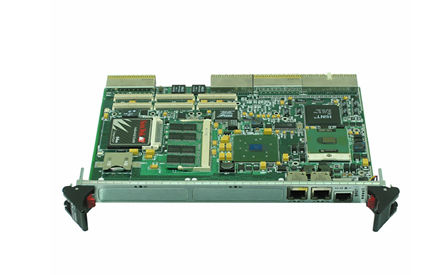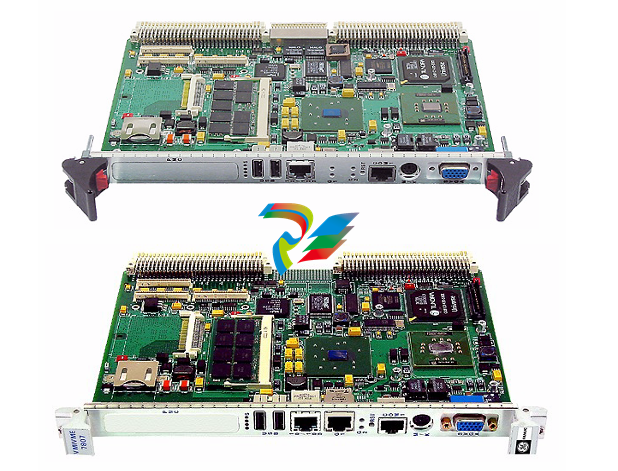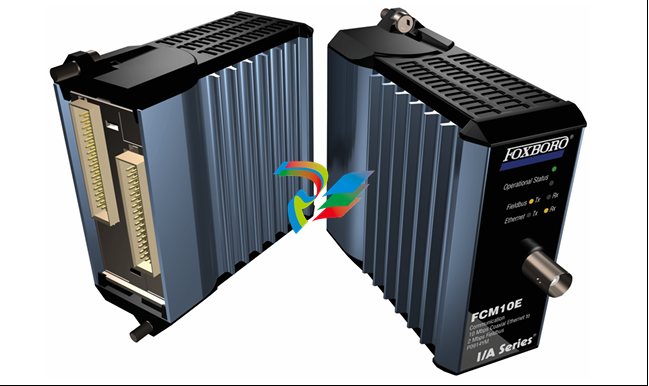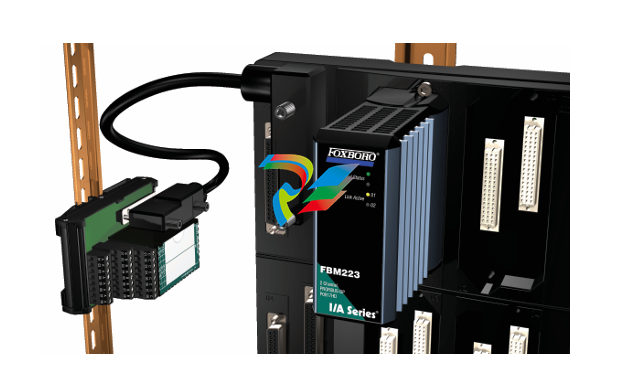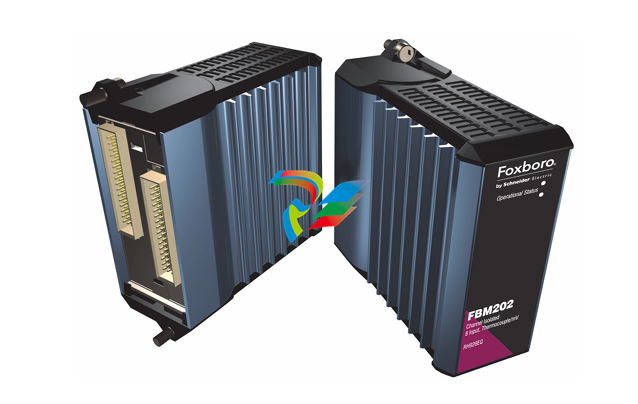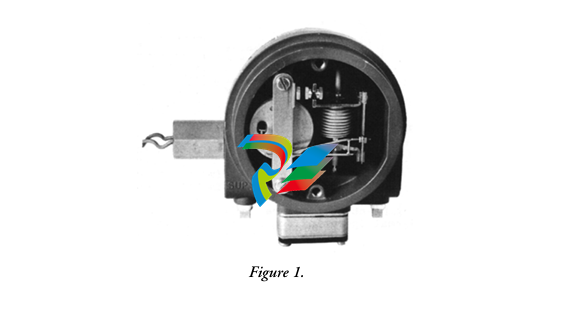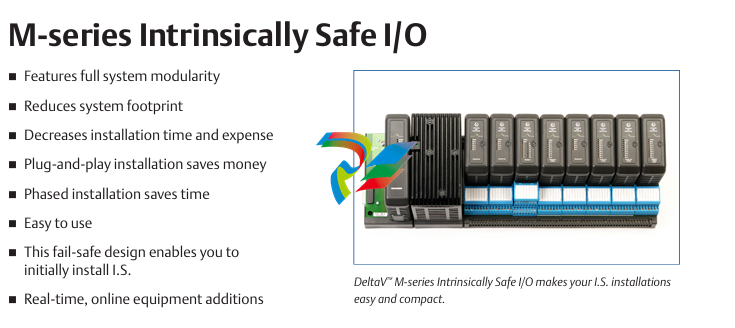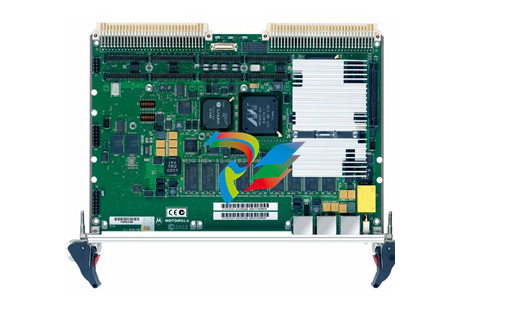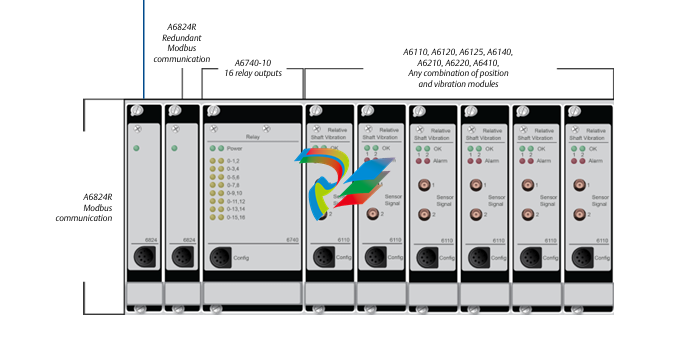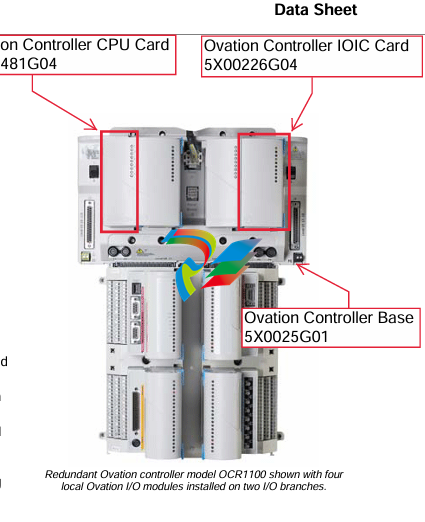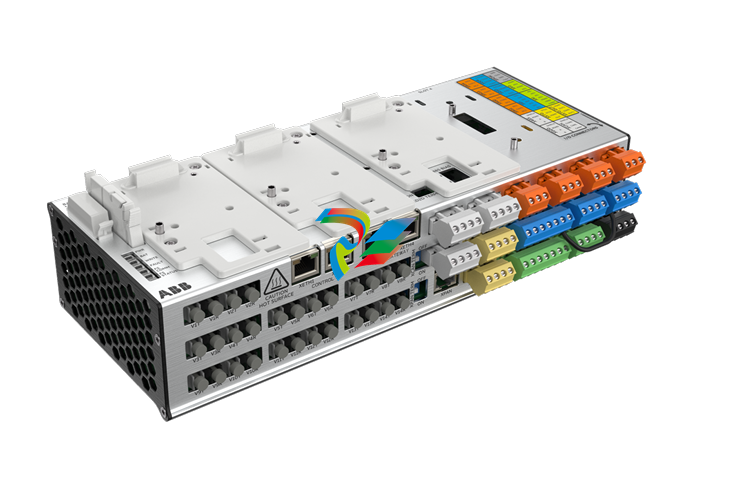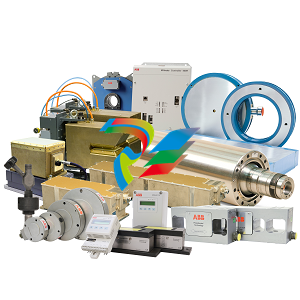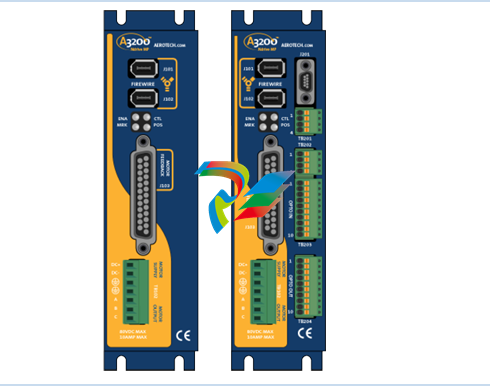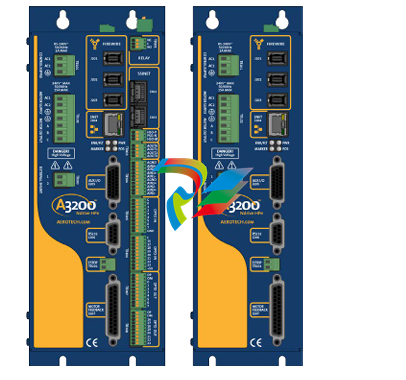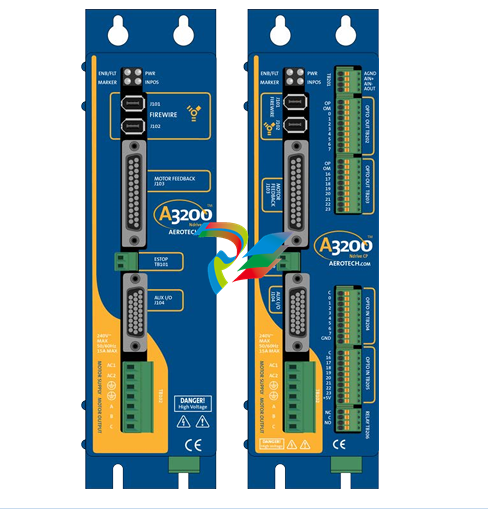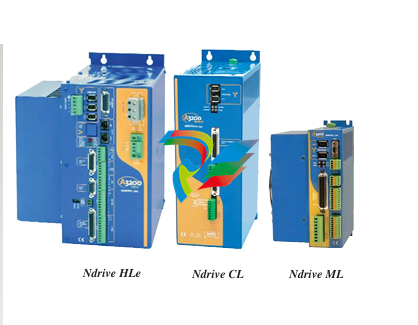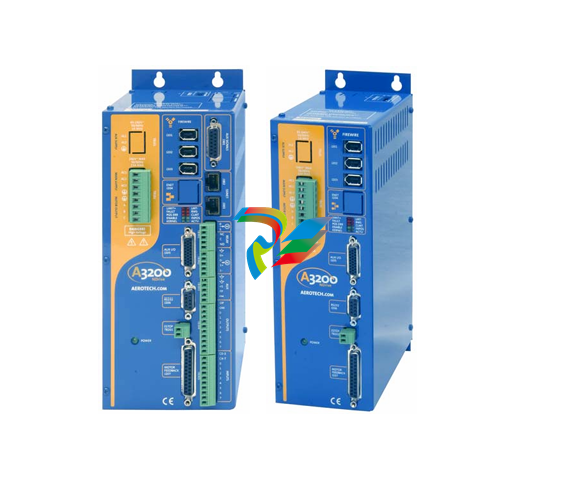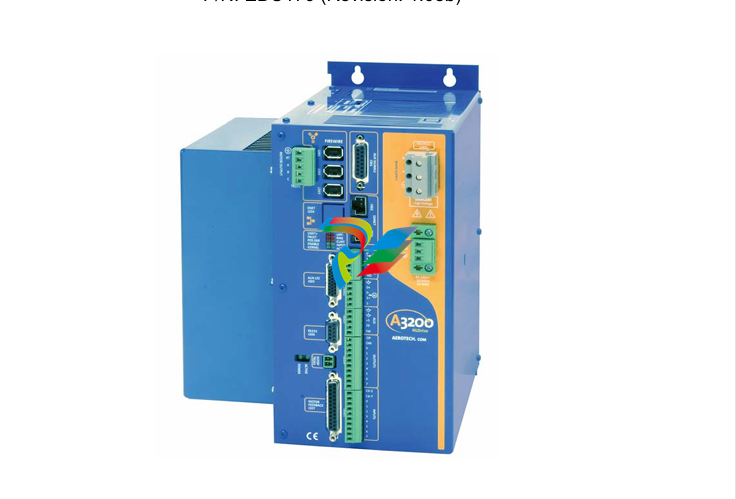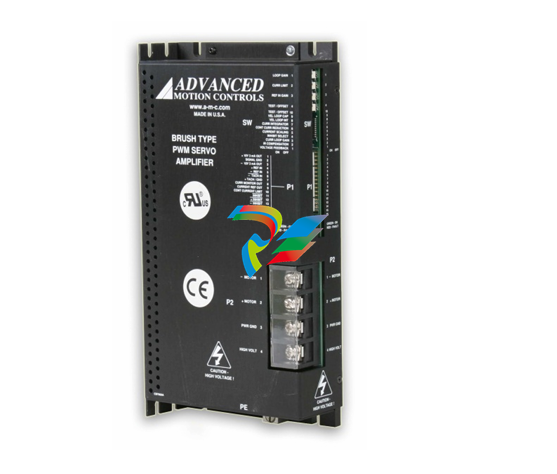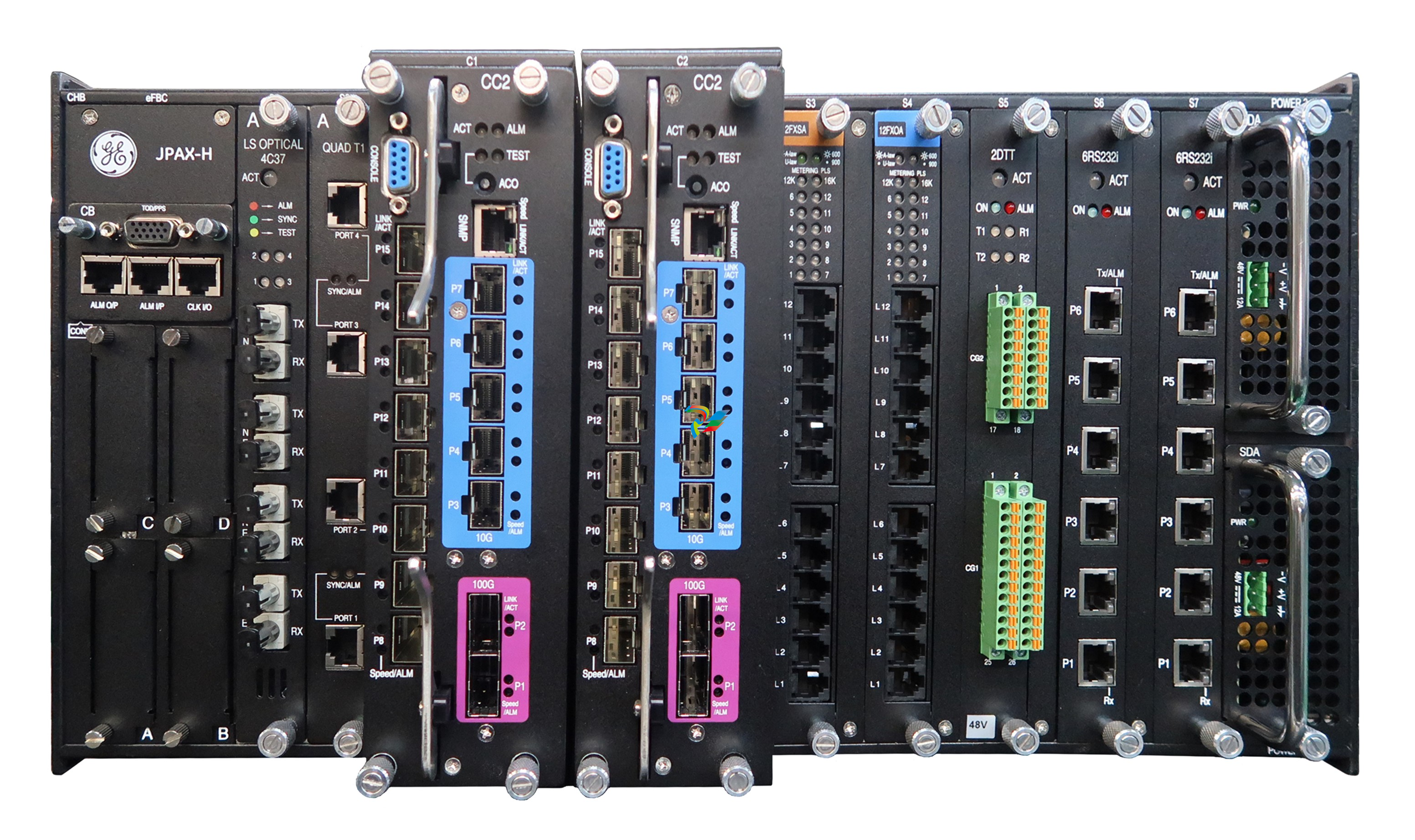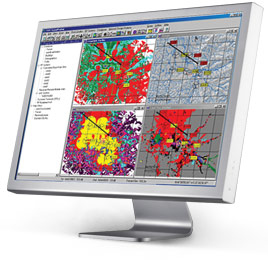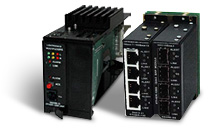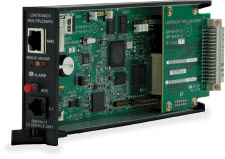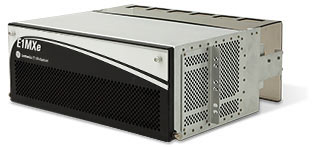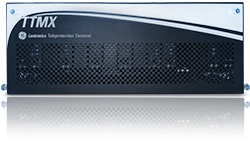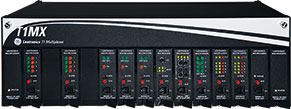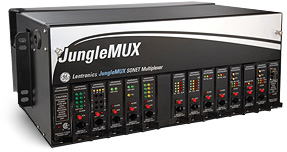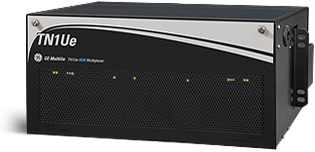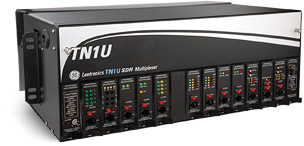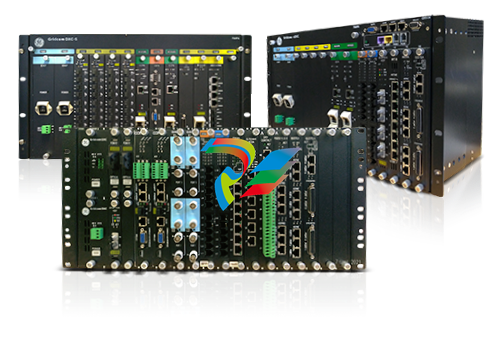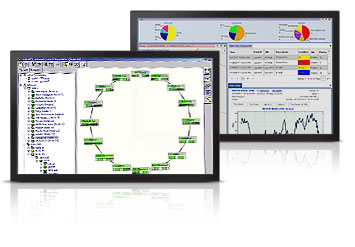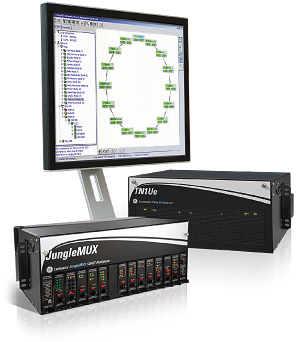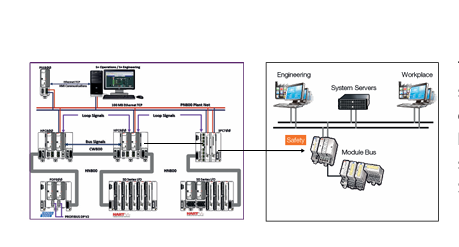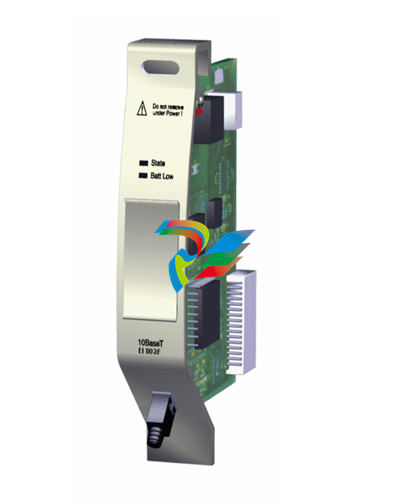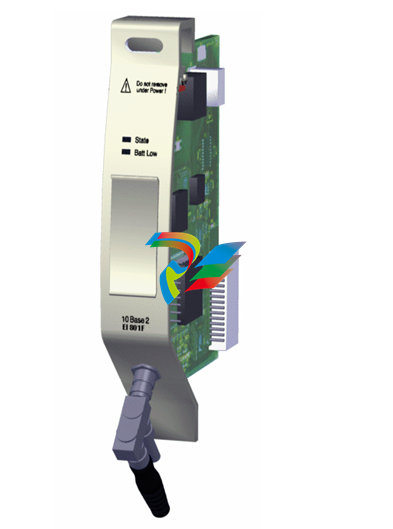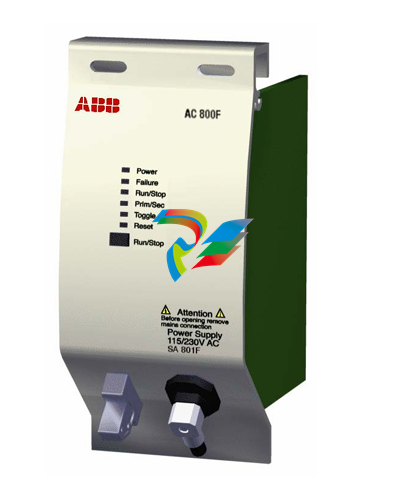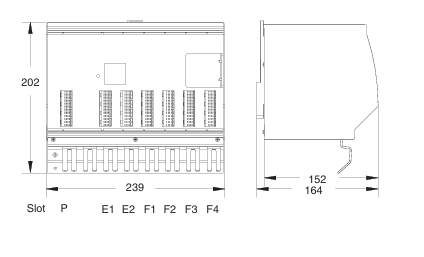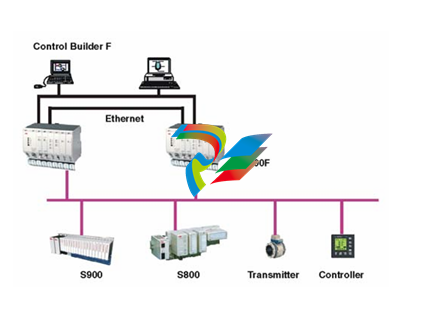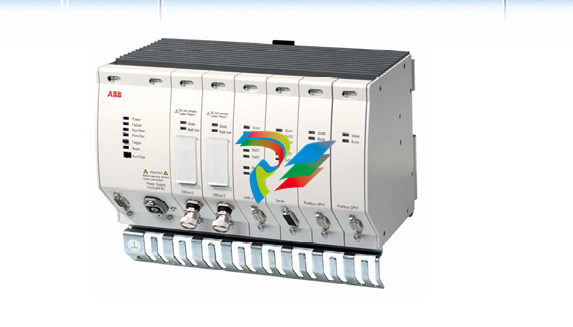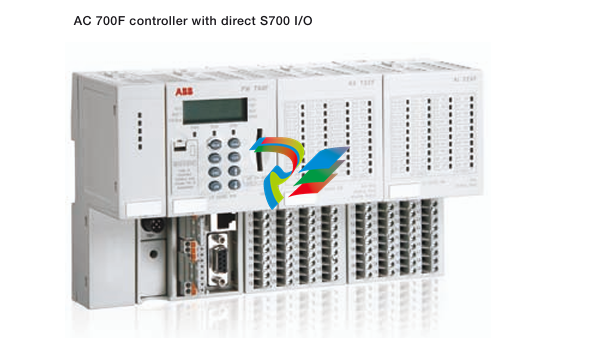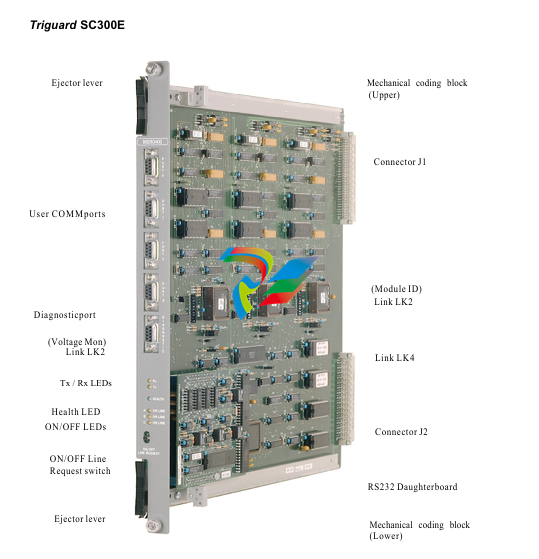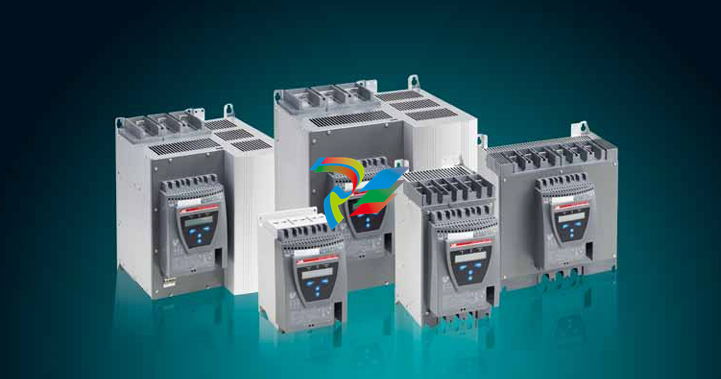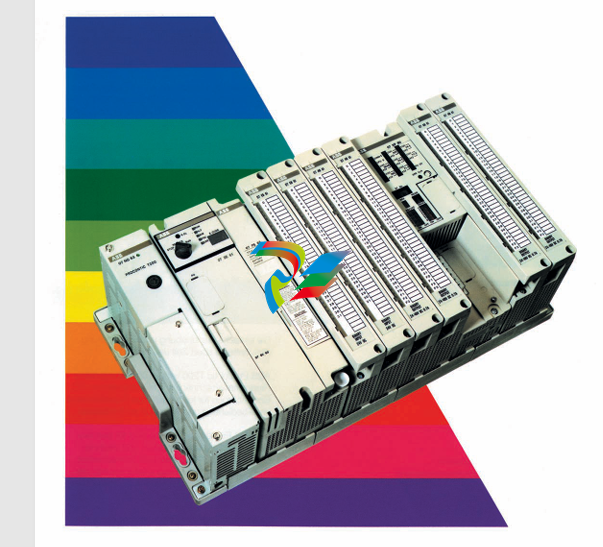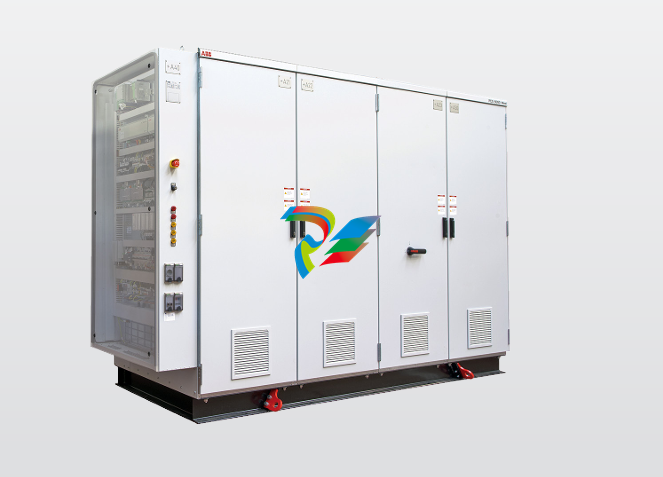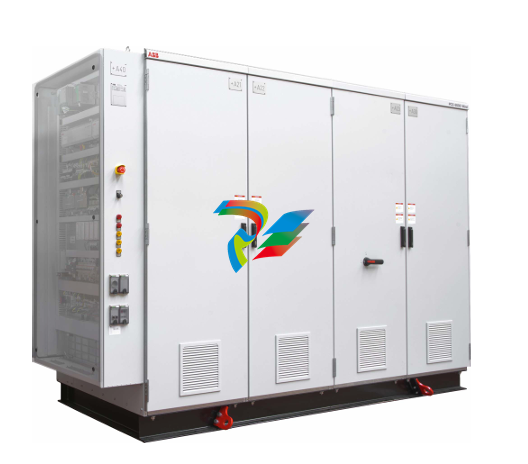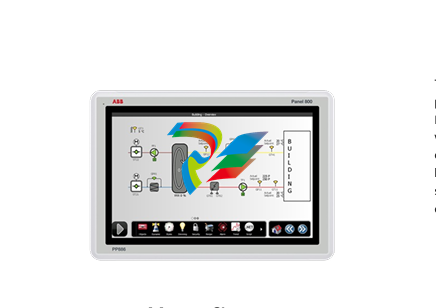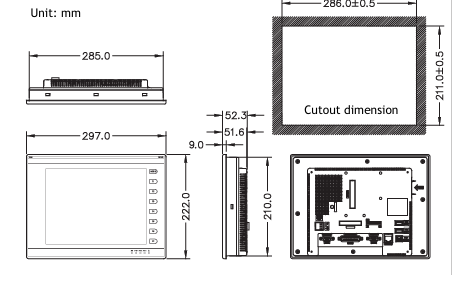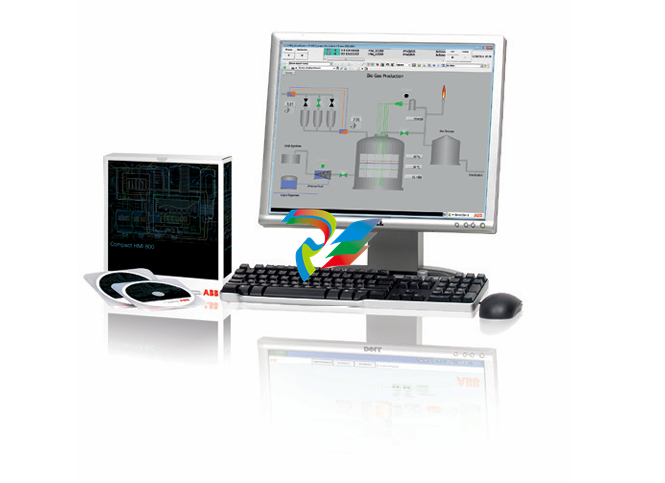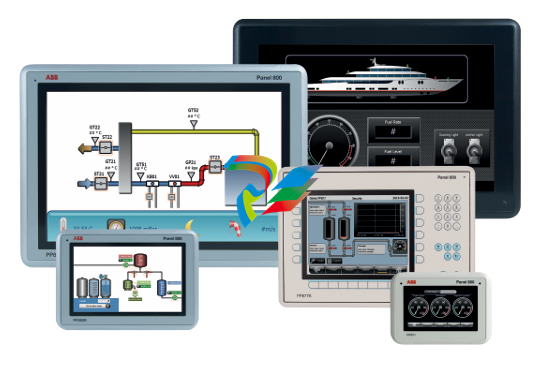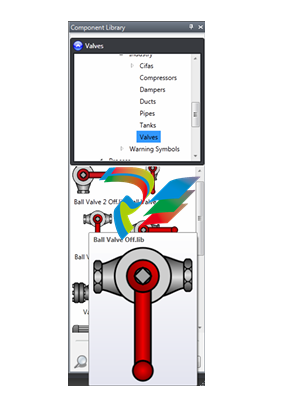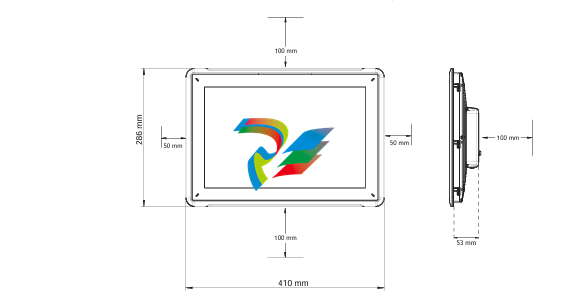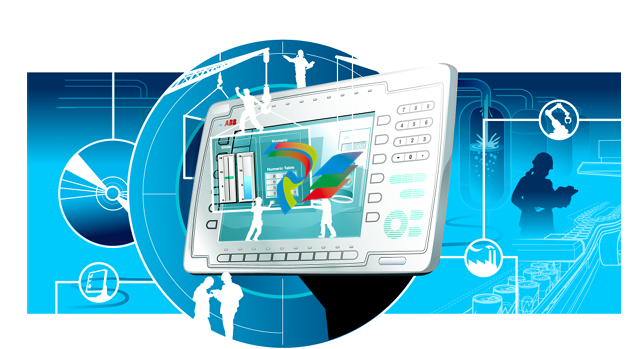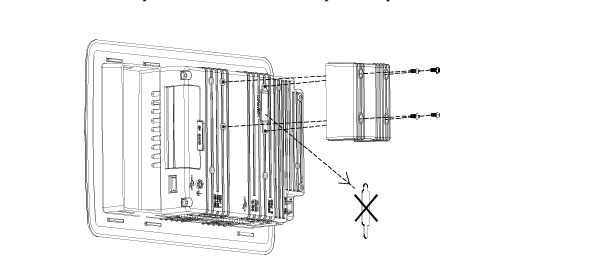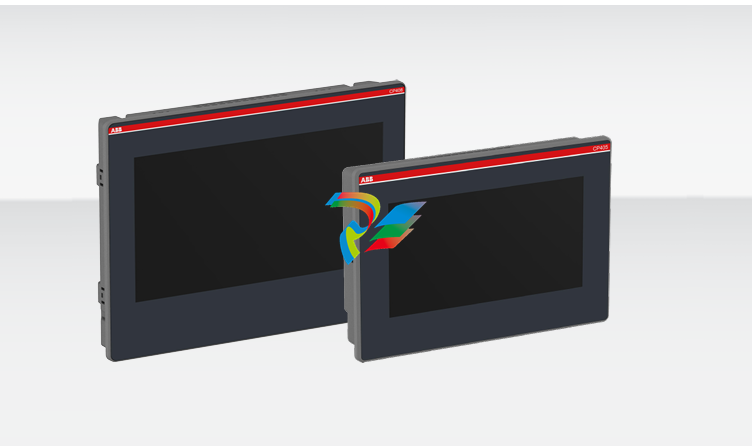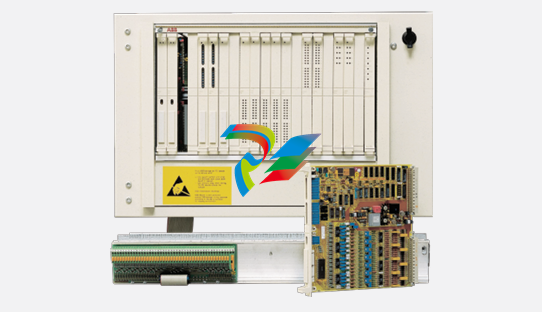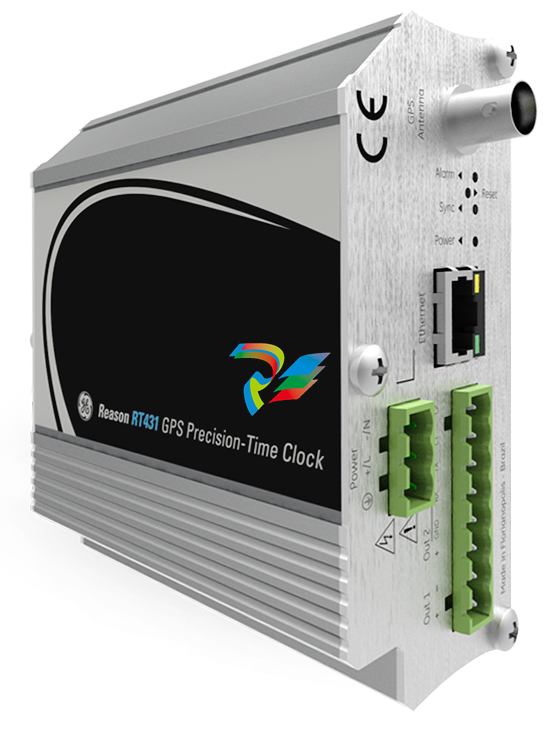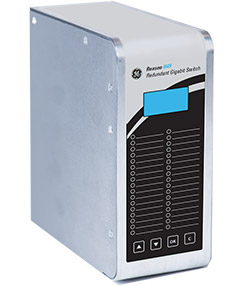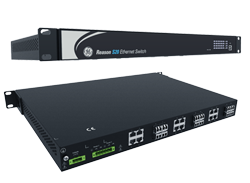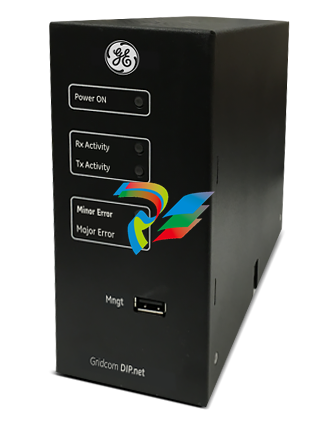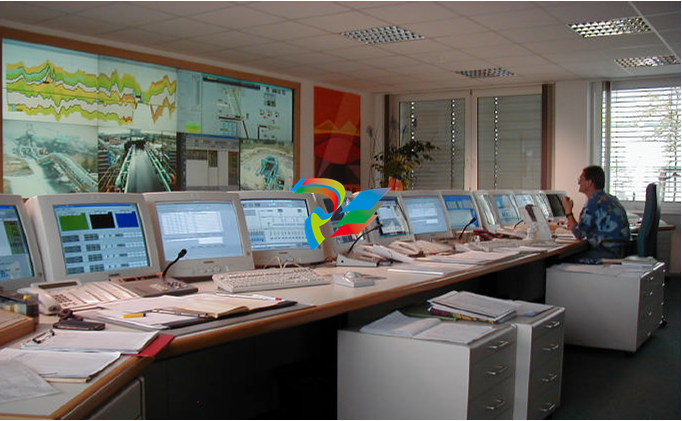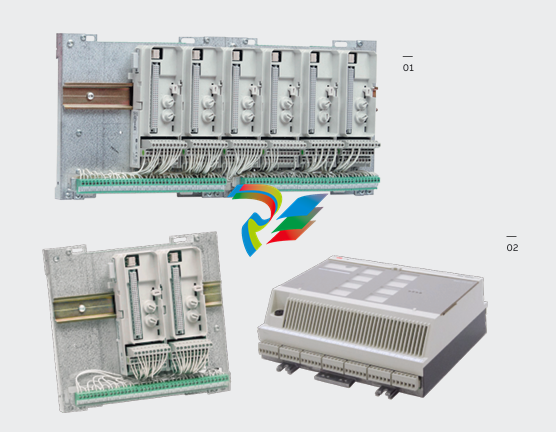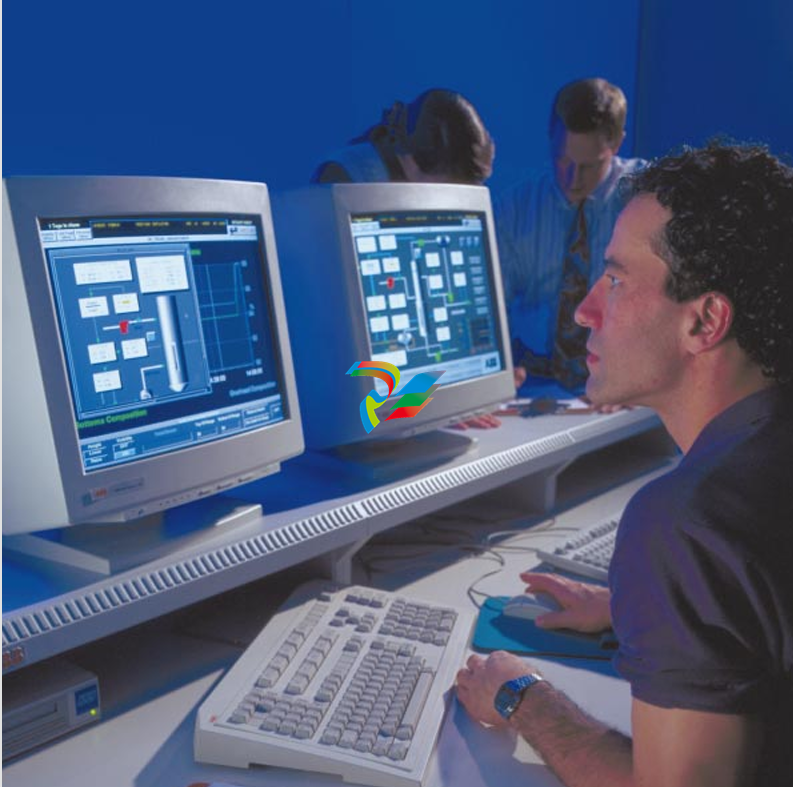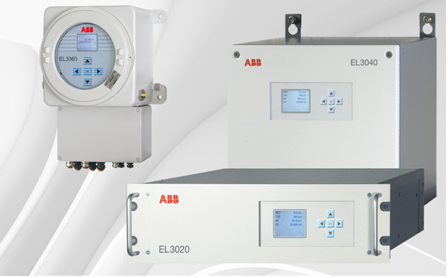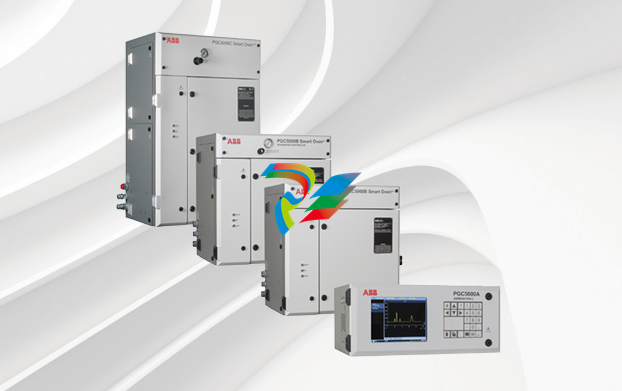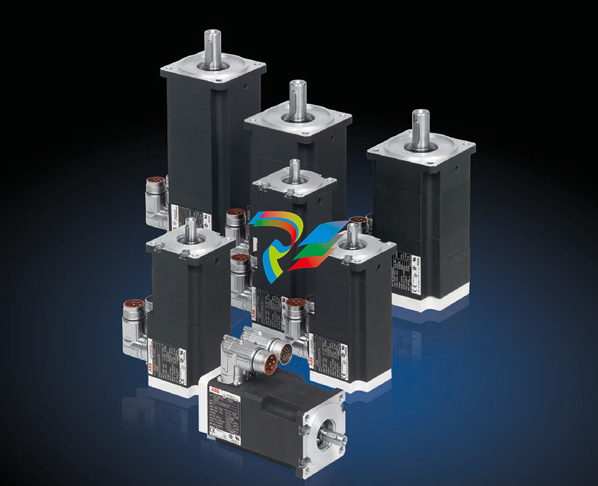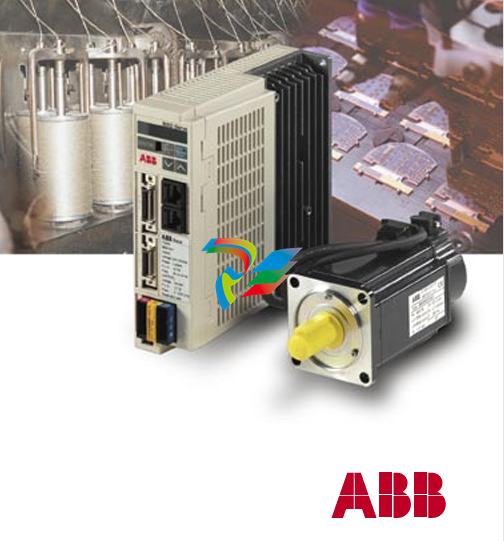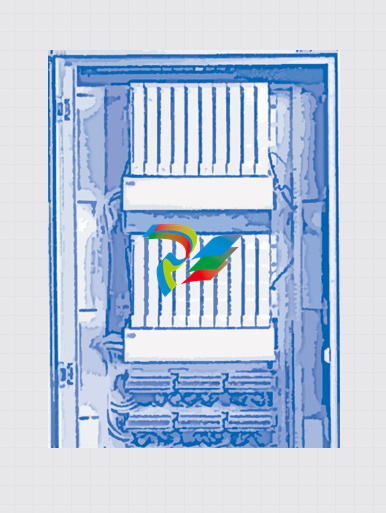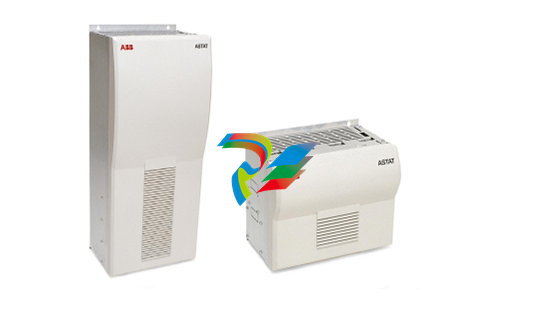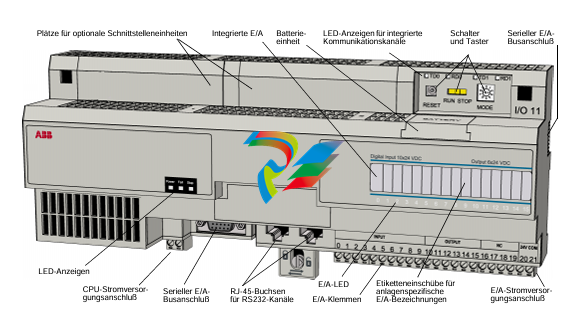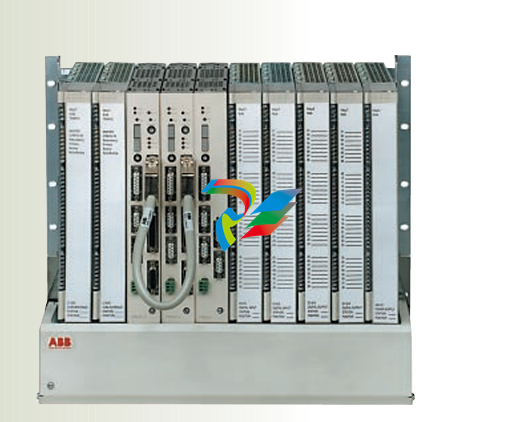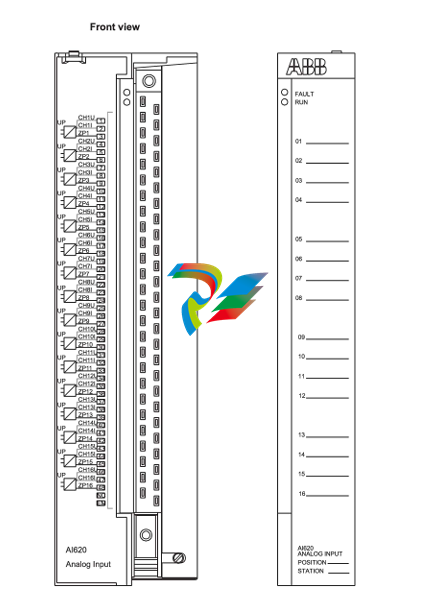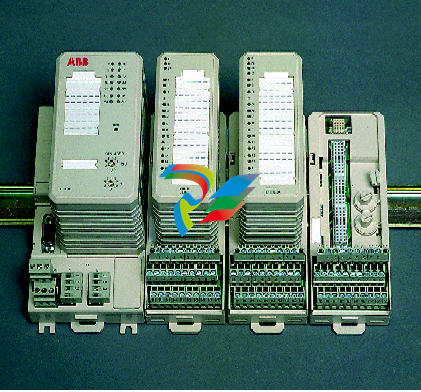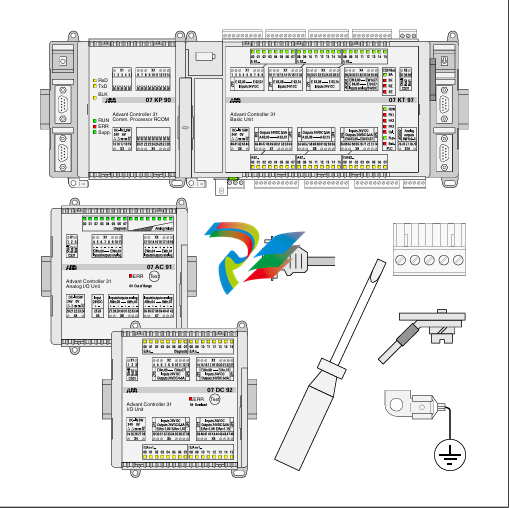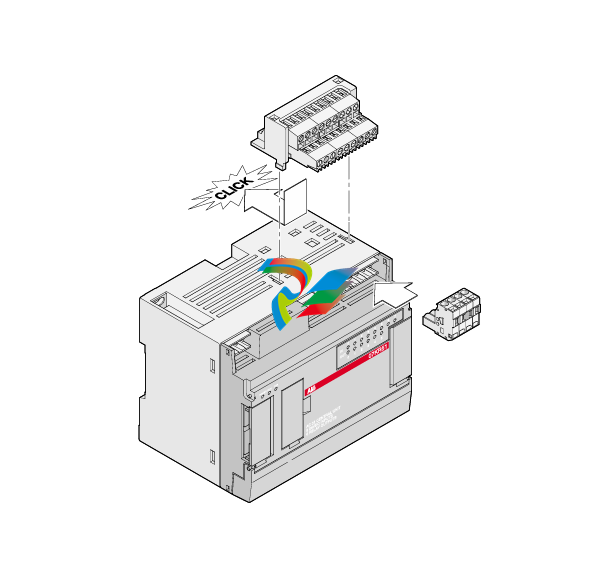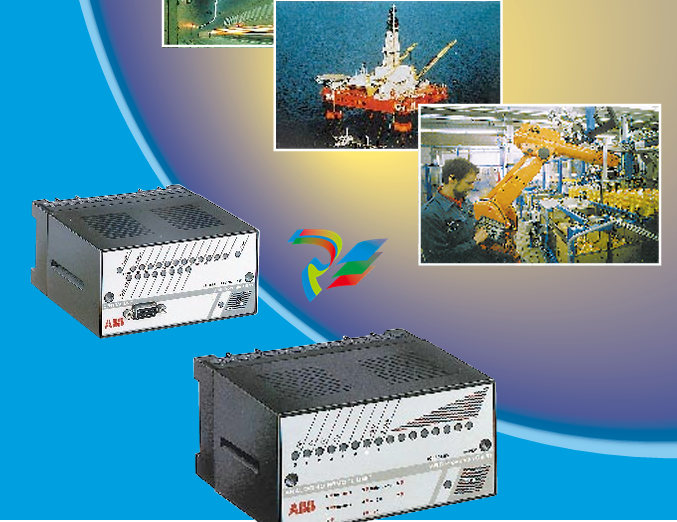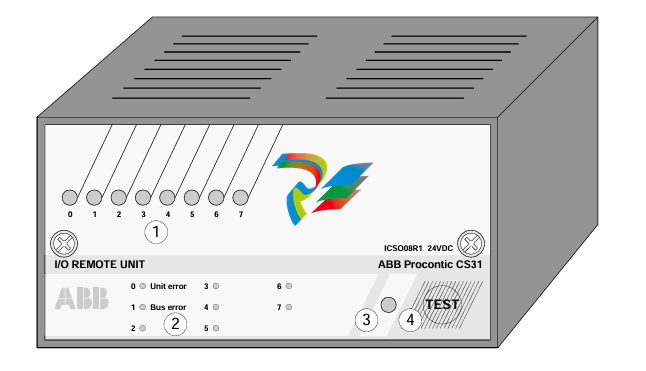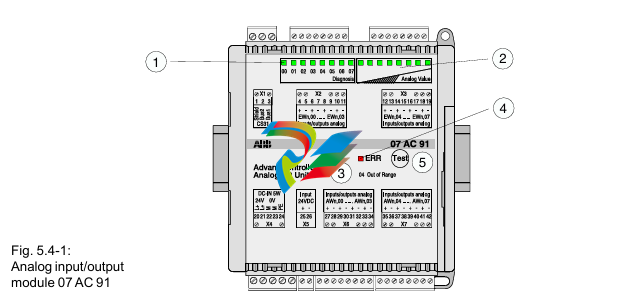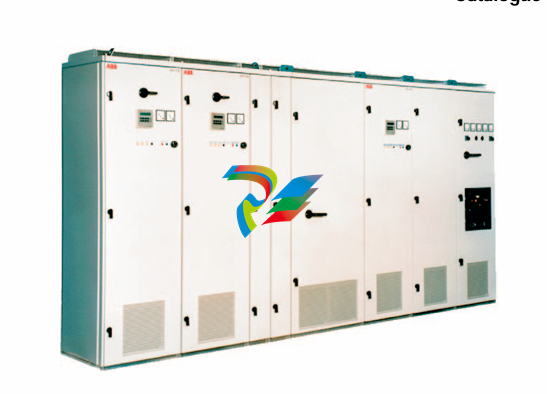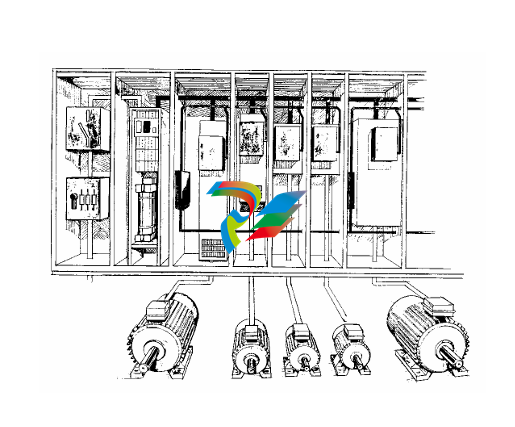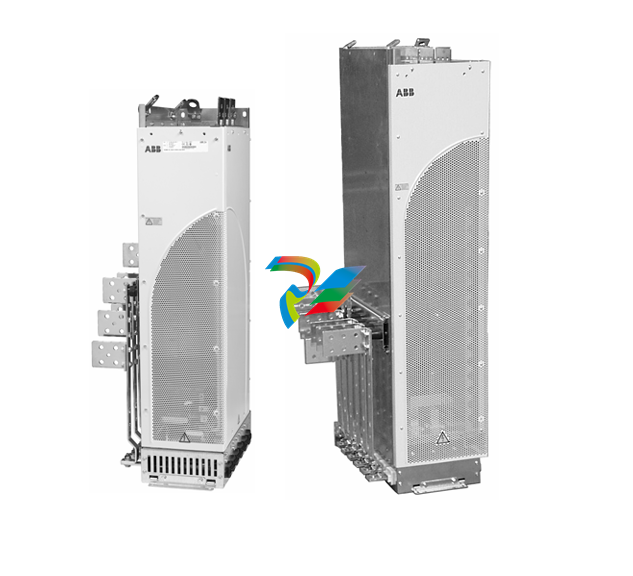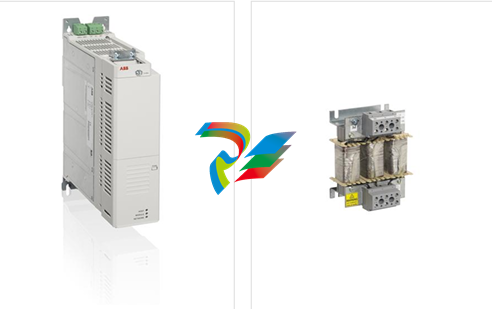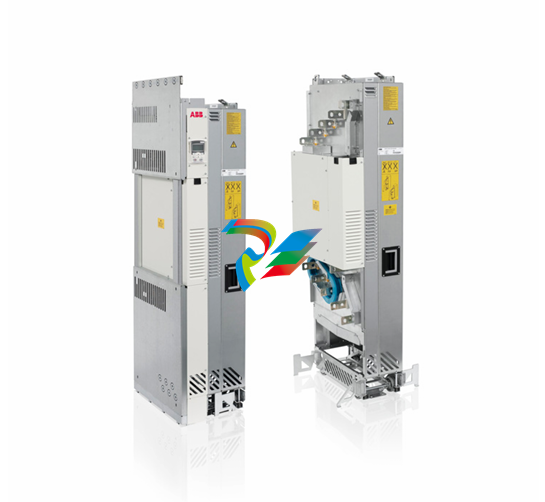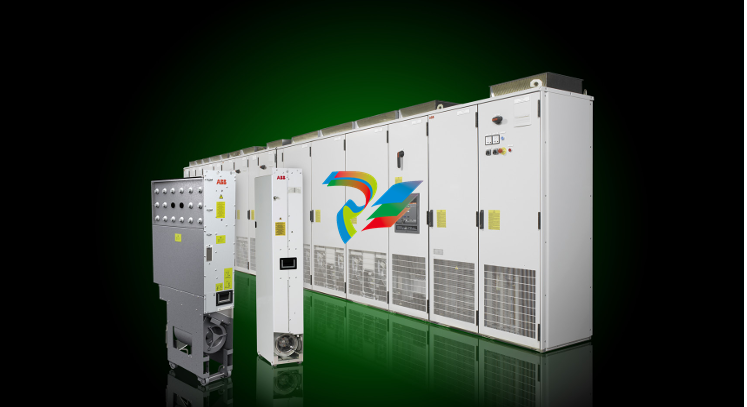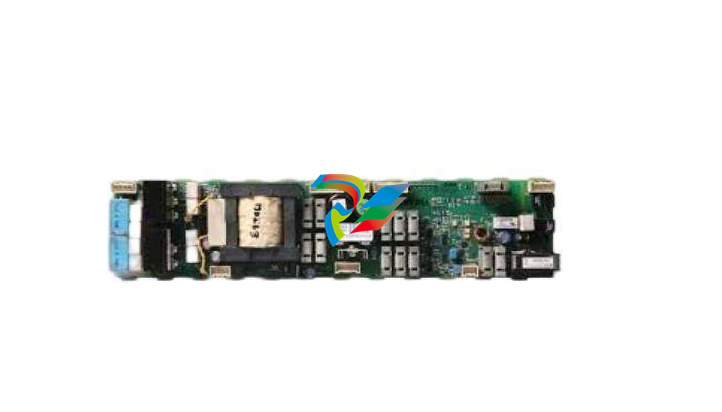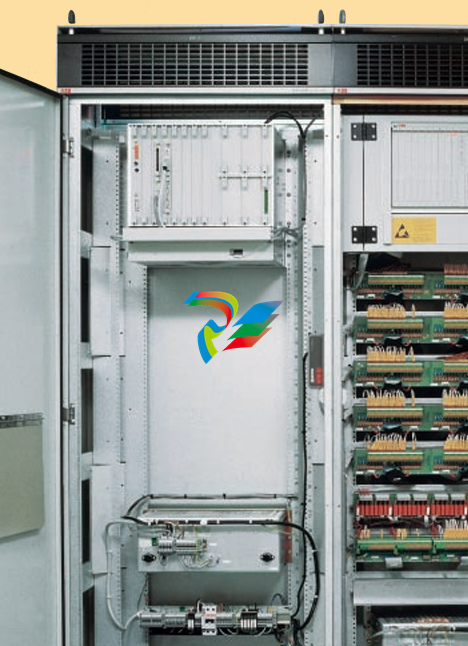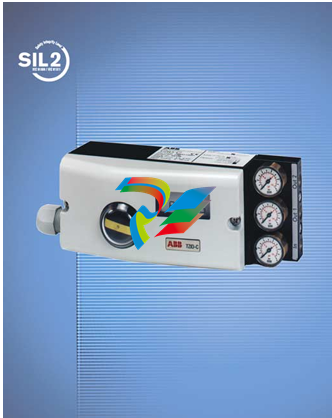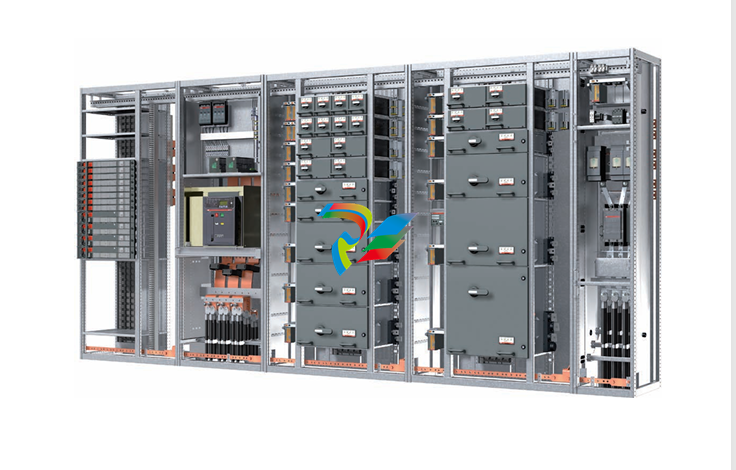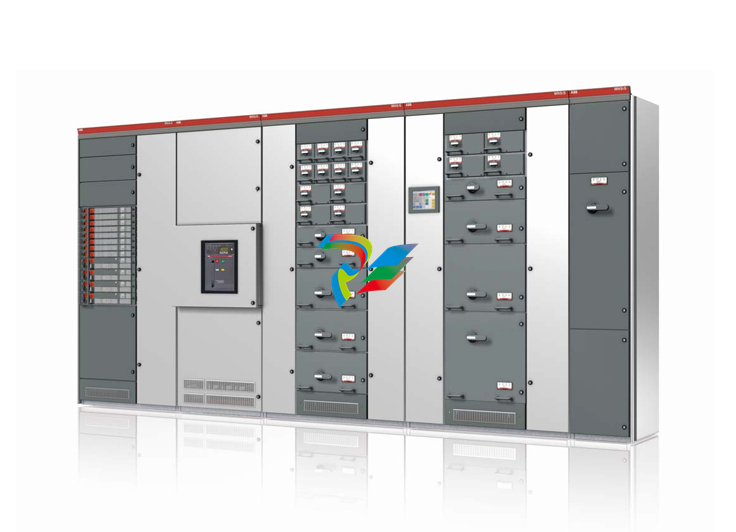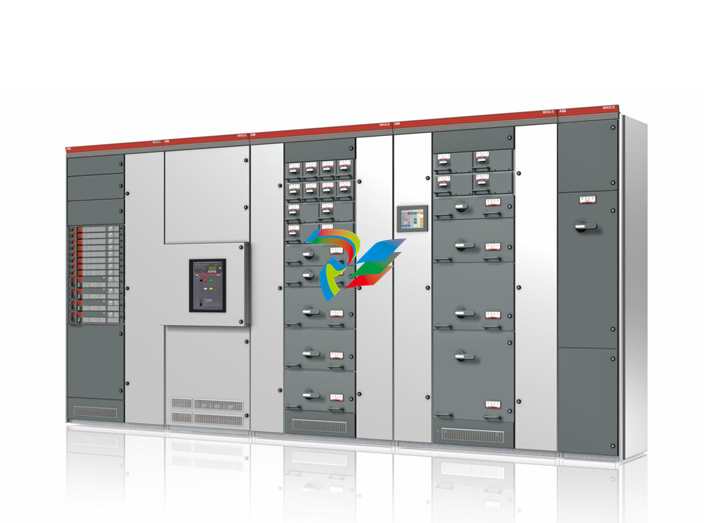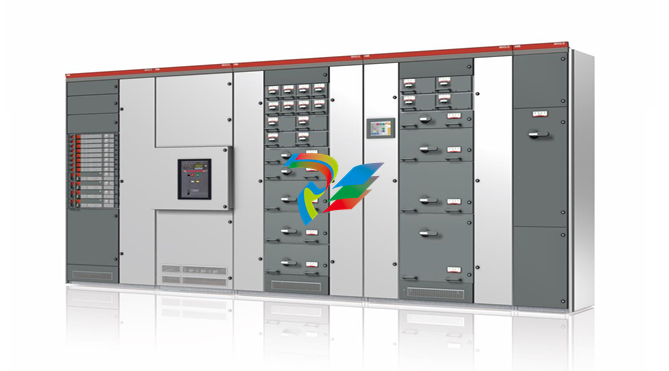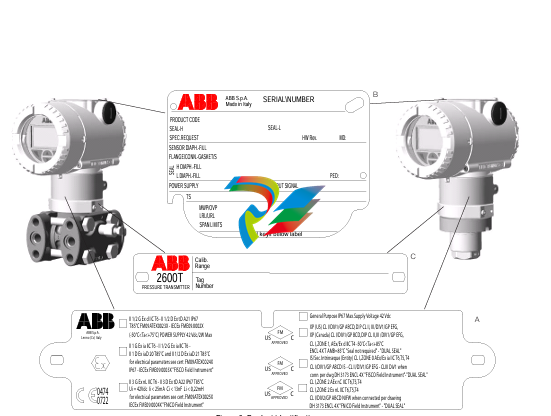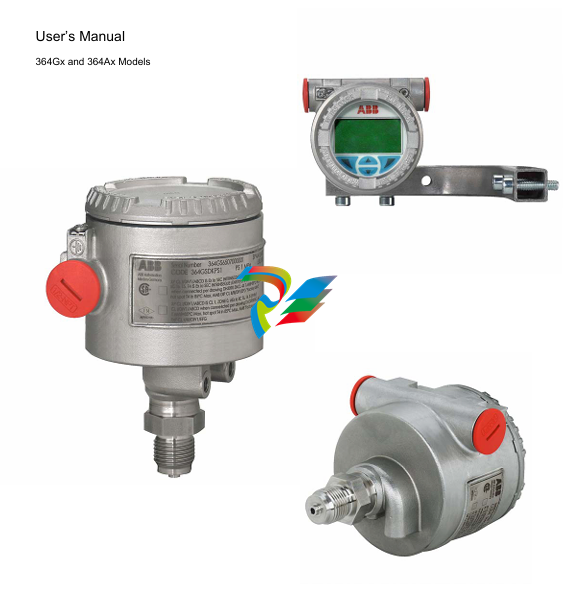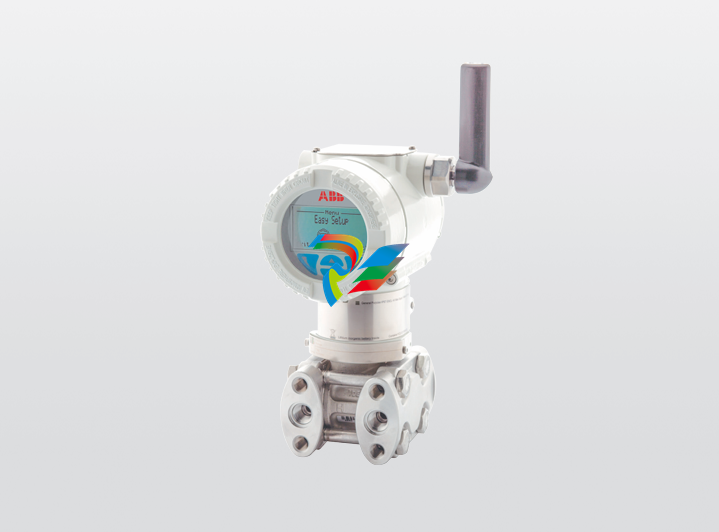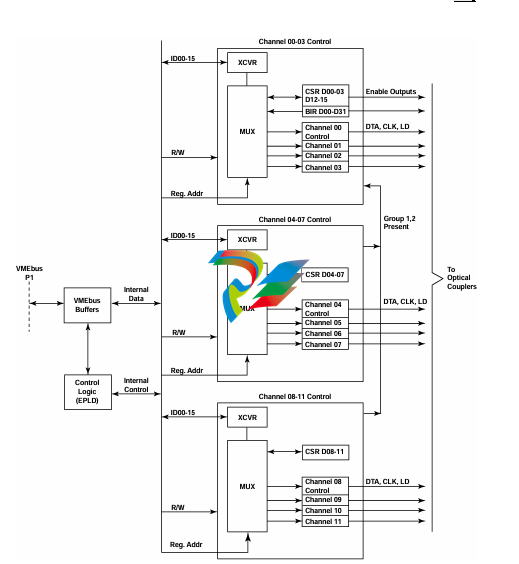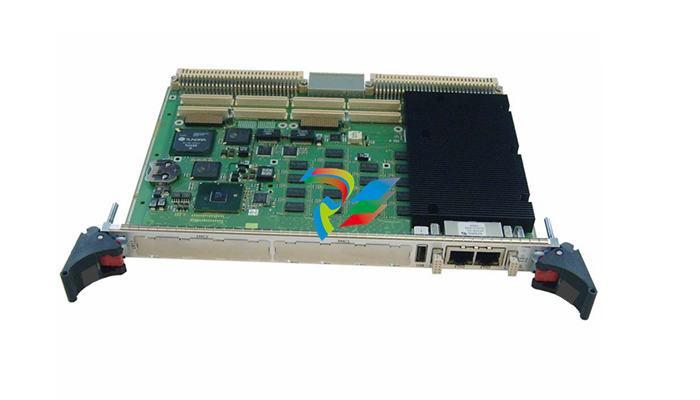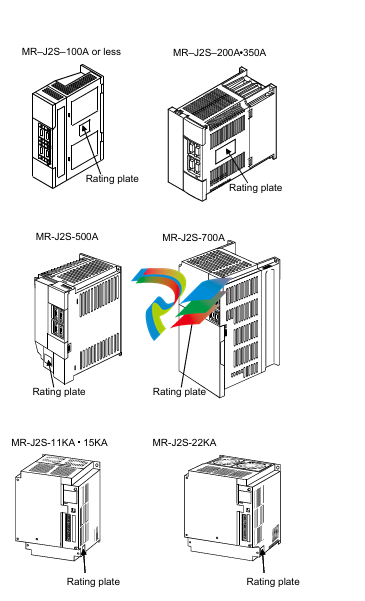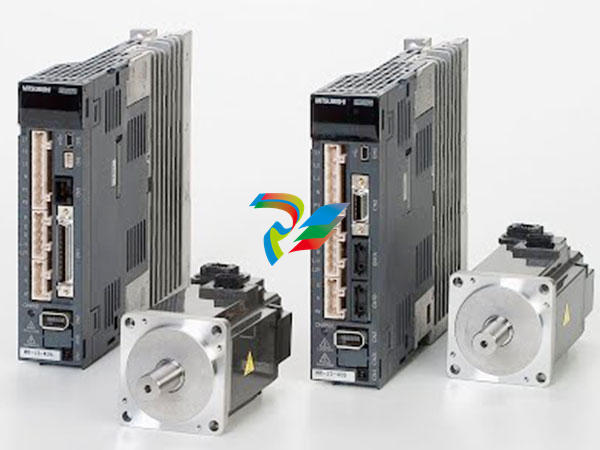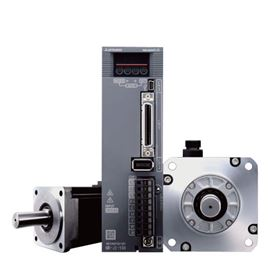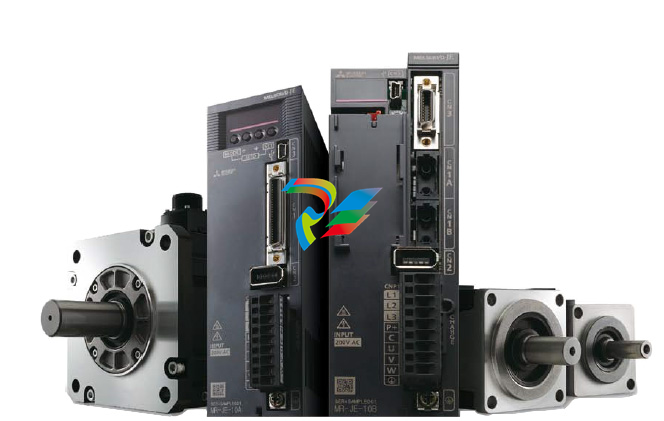
DCS; Industrial control system
Product
Article
NameDescriptionContent
Argument
Current Location:
PRODUCT SHOW
Description
Micro830 Programmable Logic Controller Systems
1. Introduction
The Micro830 Programmable Logic Controller (PLC) Systems are compact yet powerful solutions designed for a wide range of industrial automation applications. They offer an ideal combination of simplicity, flexibility, and performance, making them suitable for small to medium-sized manufacturing processes, machine control, and other automation tasks where space is often a constraint and ease of use is highly valued.
2. Physical Design and Construction
- Compact Form Factor: The Micro830 PLCs feature a small and space-efficient design. They are typically housed in a durable enclosure made from materials like rugged plastics or metal alloys that can withstand the rigors of industrial environments. The compact size allows them to be easily installed in control cabinets or even mounted directly on machines, saving valuable space on the factory floor or in other industrial settings.
- Mounting Options: These PLC systems offer versatile mounting options. They can be mounted on DIN rails, which is a common and convenient method in industrial control panels, enabling quick and easy installation and removal. Additionally, they may also support panel mounting for more customized and permanent installations, depending on the specific requirements of the application.
- Connection Interfaces: The Micro830 PLCs are equipped with a variety of connection interfaces. On the power input side, there are terminals designed to accept the appropriate voltage supply, usually within a specific range that is compatible with standard industrial power sources. For communication and interfacing with other devices, they have ports such as Ethernet ports for network connectivity, serial ports for connecting to legacy devices or for specific communication protocols, and digital and analog I/O ports for connecting to sensors, actuators, and other external components.
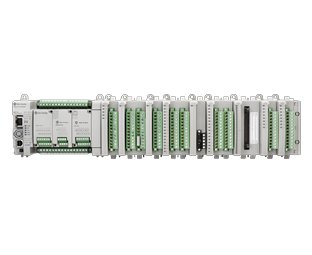
3. Processing Power and Memory
- Processor Performance: Despite their compact size, the Micro830 PLCs are powered by capable processors that can handle a significant amount of logic processing and data manipulation. The processors are designed to execute control programs efficiently, enabling quick response times to changes in input signals from sensors and timely sending of control commands to actuators. This allows for smooth operation of industrial processes and helps in maintaining productivity.
- Memory Capacity: These PLC systems come with sufficient memory to store the control program, as well as data related to the operation of the system. The memory is divided into different types, including program memory for holding the user-written logic in languages like ladder logic, structured text, or function block diagram, and data memory for variables, intermediate results, and historical data. The available memory capacity allows for the development of moderately complex control programs, catering to a variety of application needs.
4. Communication Capabilities
- Ethernet Connectivity: The Micro830 PLCs often feature Ethernet ports that support industry-standard protocols such as EtherNet/IP. This enables seamless integration with other Rockwell Automation products as well as third-party devices that comply with the same protocol. Ethernet connectivity allows for high-speed data transfer, making it possible to perform real-time monitoring, remote control, and communication between different parts of an automation system. It also facilitates connection to supervisory control and data acquisition (SCADA) systems, human-machine interfaces (HMIs), and other PLCs in a networked environment.
- Serial Communication: In addition to Ethernet, these PLCs may also include serial communication ports like RS-232 or RS-485. Serial communication is useful for interfacing with legacy devices or for specific applications where serial protocols are preferred. It allows for connection to a wide range of sensors, meters, or other equipment that still rely on serial interfaces, expanding the compatibility and versatility of the Micro830 PLCs in various industrial setups.
- Device Integration: The Micro830 PLC systems can be easily integrated with a diverse array of industrial devices. They can communicate with programmable drives, motors, sensors, actuators, and other automation components to coordinate and control different aspects of an industrial process. For example, they can receive temperature readings from temperature sensors, process that data, and then send commands to control valves or adjust the speed of motors based on predefined logic.
Purchase history
| User name | Member Level | Quantity | Specification | Purchase Date |
|---|
Total 0 Record
Customer Reviews
Satisfaction :
5 Stars
No evaluation information





